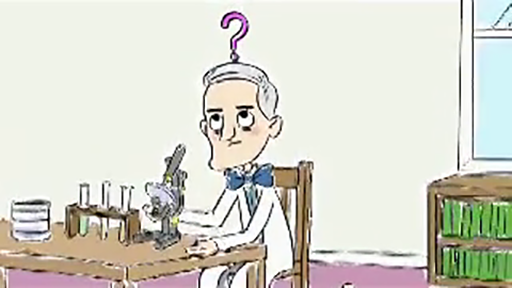Week 6: Restocking the antibiotic armoury
Introduction
In Week 5, you found out how and why antibiotic resistance has become a serious global, public health problem. You also learned about the types of behaviour that encourage the development and spread of antibiotic resistance.
This week, you will look at one approach to tackling the crisis – replenishing the depleted stock of drugs used to treat antibiotic-resistant infections. There are two options: to make new types of antibiotic or to make existing antibiotics more effective.
As you will discover this week, scientists and pharmaceutical companies must overcome many challenges in order to bring new drugs to the market. It is also worth bearing in mind the part that serendipity can play in this process.
Start this week by watching the video below about the accidental discovery of penicillin.

Transcript: Video 1 Alexander Fleming’s discovery of penicillin.
By the end of this week, you should be able to:
- recall key events in the history of antibiotics
- explain how antibiotics are discovered and produced
- describe the current antibiotic armoury
- give reasons for the decline in the production of antibiotics
- outline approaches to make existing antibiotics more effective
- identify potential sources of novel antibiotics.
